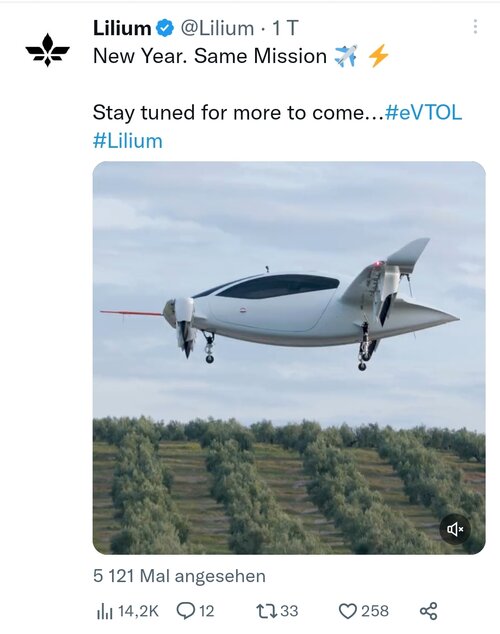- Joined
- 18 October 2006
- Messages
- 4,209
- Reaction score
- 4,904
Yes they have swallowed billions, but a chunk of those billions came from people with millions to burn. In the later part of the 20th Century it would have been millions swallowed. Automobiles were outrageously expensive mode of transportation at their beginning; trains before that. I agree that there are any number of charlatans out there in the eVTOL community, but I think Lilium is actually trying to make their horseless buggy work. They may not make it (how many car companies were there in the US alone from 1910-1930?).
As an aside Lilium will be more popular with the public because it has "jet engines" (I know, but I'm talking as "The Public", not an aviation aficionado), vice those antiquated propellers like on helicopters. Everyone knows those are dangerous to fly in.
As an aside Lilium will be more popular with the public because it has "jet engines" (I know, but I'm talking as "The Public", not an aviation aficionado), vice those antiquated propellers like on helicopters. Everyone knows those are dangerous to fly in.

















